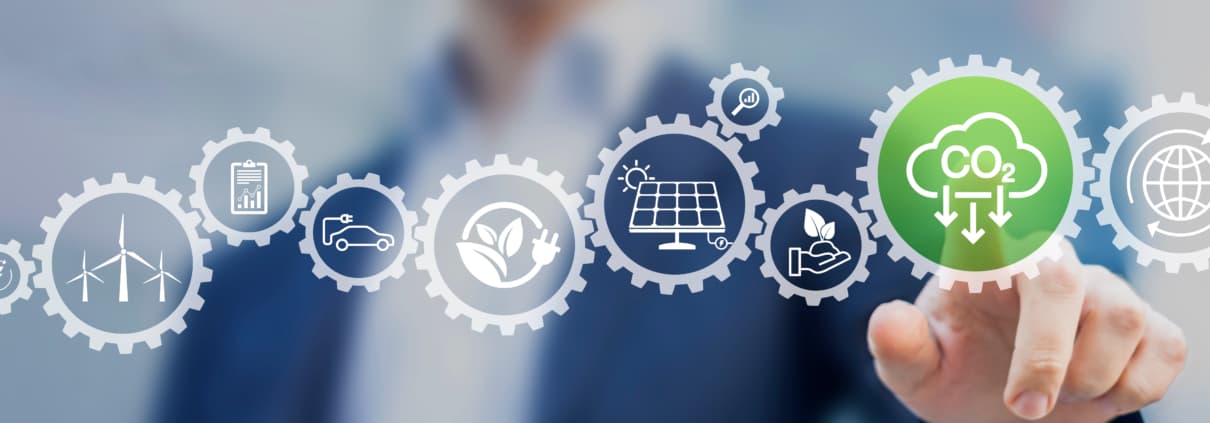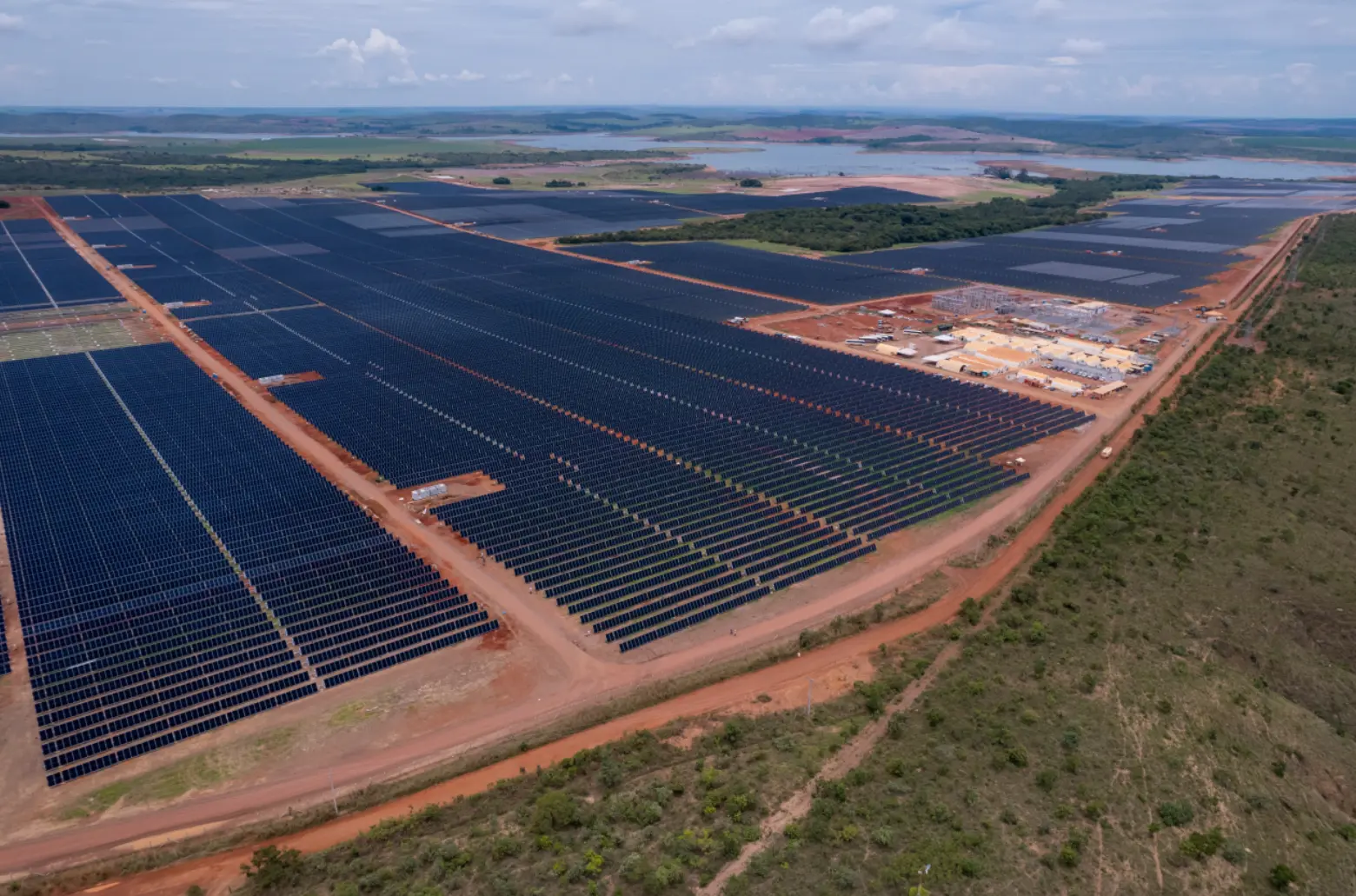Ensuring the triple bottom line for your renewable energy strategy: the biggest return on investment

Traditionally, businesses have focused on a single bottom line: profit. However, John Elkington, a world authority on corporate responsibility and sustainable capitalism, has a different take: the triple bottom line (3BL).
This concept measures growth according to a company’s social, environmental, and economic impact. And if there’s one industry that’s in perfect alignment with the triple bottom line, it’s renewable energy. Why? Because renewable energy, especially when it’s implemented alongside sustainable values, supports local communities – the “people” aspect of the 3BL concept, avoids the consumption of finite resources – the “planet” aspect, and represents a reliable investment and a means of lowering energy costs – the “profit” aspect.
Making the switch
According to the 3BL approach, profits still do matter – just not at the expense of environmental and social needs and concerns. Still, businesses are more open to making the switch to sustainable practices if they can be sure that their profits won’t suffer in the process.
One of the biggest concerns regarding renewable energy is the idea that it’s an expensive alternative to fossil fuels – and for large energy users for whom electricity accounts for a huge proportion of their fixed costs, this creates an enormous huge barrier to making the switch. However, this is no longer the case: renewable energy has become more competitive and available in recent years, to the extent that, in many markets, it’s actually more affordable to power your operations with solar energy than it is to use conventional power sources.
With long-term corporate power purchase agreements (PPAs) providing the ability to lock in lower rates for longer, investing in green energy makes commercial sense in terms of significantly reducing costs as well as improving energy efficiency.
Circling back: energy’s role in circular economies
An understanding of circular economies is crucial for implementing a 3BL approach. The reason being that circular economies are the antithesis to a linear economic model, in which the lifespan of materials is limited to a single-use purpose. This means that energy use will always be at the forefront of sustainability, as these systems of reuse and recycle require great power resources to function.
Thus, manufacturing industries, for example, should be interested in adopting renewable energy methods as a way to reduce their carbon footprint, and in order to position themselves as favorable options within the circular economic models of the future.
Tying it all together
The environmental aspect of renewable energy is more obvious. At the most basic level, companies that run their operations on renewables are reducing greenhouse gas emissions from their activities, but it goes further than that: they’re also contributing to United Nations Sustainable Development Goal 12 – Ensuring sustainable consumption and production patterns. Beyond that, though, they’re also demonstrating additionality: every purchase of clean energy from Atlas enables the development of more renewables projects, tipping the balance ever further towards the energy transition.
It’s perhaps easier to see how economic benefits relate to environmental efforts, if these are approached pragmatically and innovatively. Does this mean that the social bottom line is the most difficult one for companies to implement? What exactly is the return of investment when we talk about pension schemes, gender equality, and cultural diversity in the workforce?
At Atlas, we recognize that the social bottom line is the most fundamental long-term effect. It may be harder to quantify, but the social bottom line is at the heart of all returns of investment: by educating communities on sustainable practices, we guarantee that there is trans-generational adaptation to new ways of working and living. From within Atlas, by offering competitive salaries and applying forward thinking practices, we make sure to attract and retain a strong workforce, composed of bright minds who will continue to push us forward. Finally, by truly committing to and building from people-and-planet-centered core values, we guarantee a level of reputation and credibility that ensures us a leading position in the market.
According to research by the International Renewable Energy Agency (IRENA), the expected increase in human welfare from the deployment of renewables is close to 4%, from health improvements as a result of decreased emissions, to job creation and greater social inclusiveness. As a result, by transitioning to renewable energy, corporations can amplify their positive social impact beyond the confines of their own internal operations.
The value of reputation: transparency and metrics
In the past two years, pandemic-influenced instabilities have called on companies to offer greater support to their employees (through benefits such as paid sick leave) or run the risk of losing credibility with both communities and stakeholders.
Furthermore, both countries and companies are facing ever-growing pressure to publicly commit to climate change mitigation and reduction by acknowledging and making steps to meet the goals outlined during last year’s COP26 summit.
The growing presence of these conversations on the level of global politics means that companies face potential regulatory risks and the prospect of carbon taxes unless they adopt ESG (environmental, social and governance) principles of operations. We’ve previously shared information on the numerous frameworks that companies can use in order to get started, such as the UN’s Sustainable Development Goals (SDGs) and the International Finance Corporation (IFC) Performance Standards.
Although these frameworks serve as solid guidelines, John Elkington argues that the key challenge to the triple bottom line is precisely the difficulty of measuring social and environmental changes. How do we quantify growth, beyond financial parameters? And how do we make sure that all three bottom lines are being developed equally?
Atlas believes that transparency is one way to address these questions and hold ourselves accountable, which in turn reinforces our position as a business that’s geared towards being a force for good. In the age of social media, consumers will swiftly verify that companies are incorporating their values in every level of service and production, actually walking the talk, and not simply greenwashing their way out of further scrutiny. Let’s not forget that the way in which a company is perceived by the public is one of the first points of focus for shareholders.
(For an in-depth view into Atlas’s practices, please see our 2017-2020 sustainability report.)
More than just a viable option for green power, Atlas is committed to the triple bottom line, every step of the way.
In partnership with Castleberry Media, we are committed to taking care of our planet, therefore, this content is responsible with the environment.
Share This Entry


